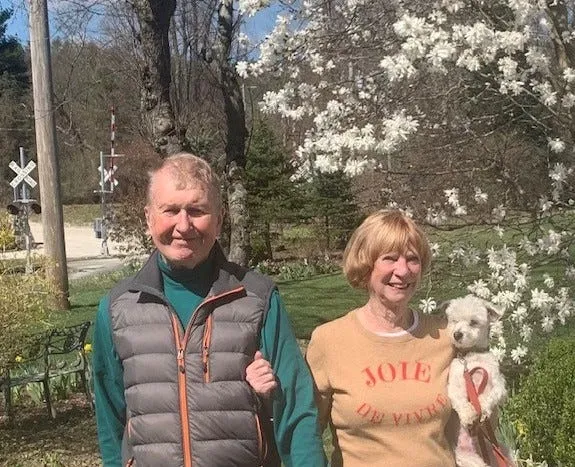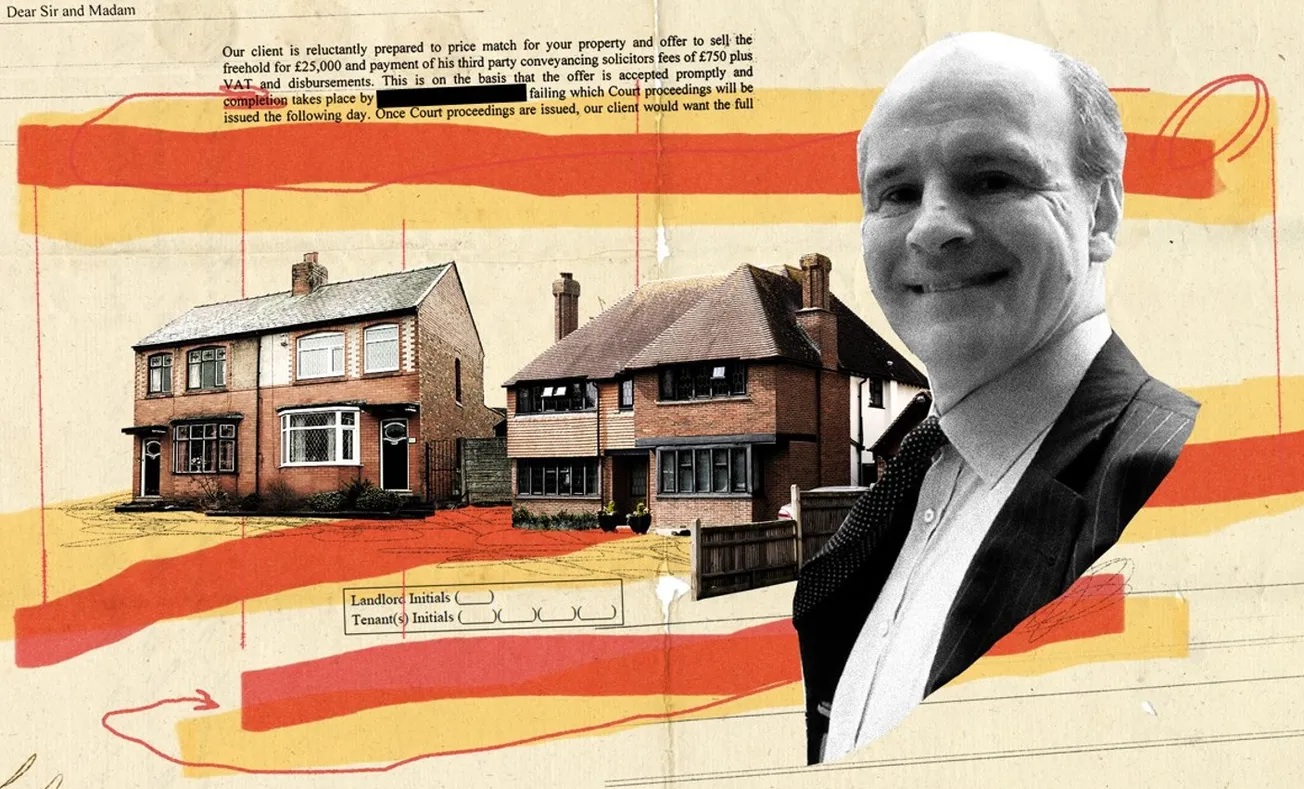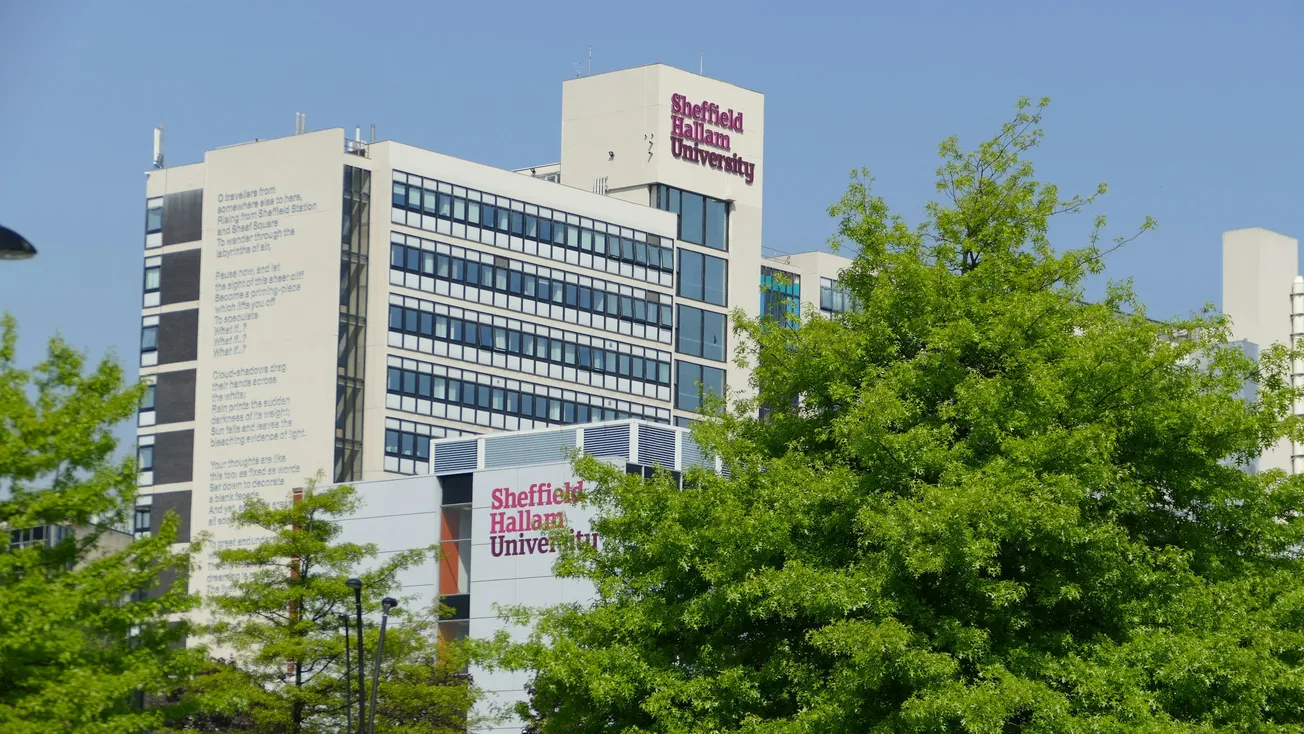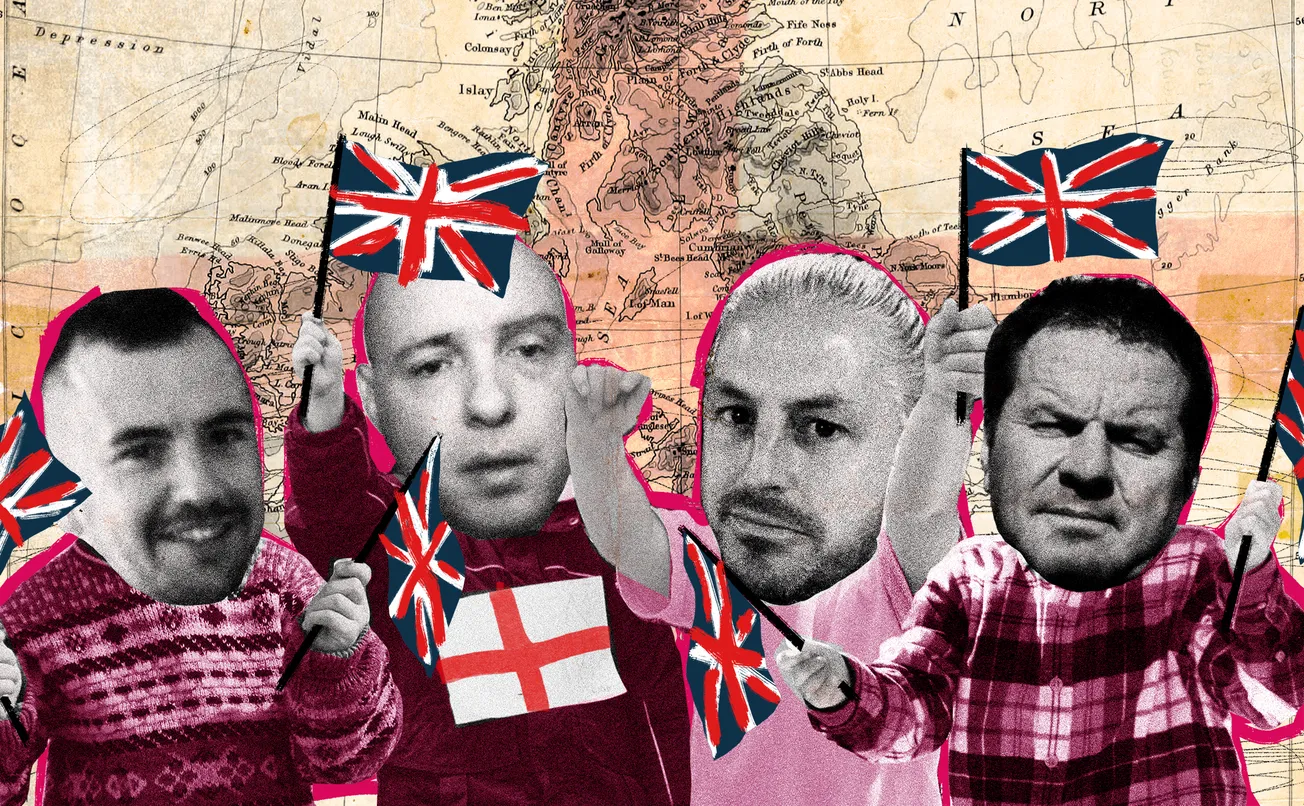This was a wild, unforgiving land and the vast Atlantic yawned between the new arrivals and the world they left behind. New England was a place of wolves and witches. The Puritan settlers wanted to cast off the old world, but echoes remained. Massachusetts is littered with place names like Birmingham, Cambridge, Leicester and Plymouth. Then, in the west of the state, in a river valley bounded by mountains, Sheffield.
The first white settler arrived here in 1725, 57-year-old Matthew Noble, who was descended from a Puritan English family. He described the landscape as a “hideous howling wilderness”. The mountains were thick with forests of hardwoods, red and white pines and hickory trees with their clusters of green-cased nuts. A traveller could expect to be watched through the trees, the amber of wolves’ eyes bright in the gloom.
These days Sheffield, Massachusetts is a pleasant town of wood-shingled houses, rolling hills and green tracts of farmland. It’s a 90-minute drive from New York. It boasts a prodigious number of antique stores and a UFO monument. Besides all of this, it is the place Gillian Hettinger calls home. Unusually, her life has straddled the north of England and New England alike. This is the story of two Sheffields: the town of this name in Massachusetts and its English counterpart.

Gillian, who is 79, and her husband Norman moved to Sheffield, MA in 2000 from Pompton Plains, New Jersey. They have two children together. She has a lovely New England accent, which has replaced her native North Yorkshire inflections. She emigrated to the US in 1963 after falling in love: Norman, a Pittsburgh man, was in the US Army with the Army Security Agency at Menwith Hill Station, a few miles from her hometown of Harrogate. “They were doing surveillance, electronic surveillance on the Russians, mostly,” she remembers. “All very top secret.”
They met at a Dixieland dance one Saturday night when she was 18, and were married two years later. It wasn’t quite love at first sight. Norman jokes he really had his eye on her best friend Primrose, but not wanting to be rude, asked Gillian to dance. The north of England during the ‘60s was “quite grey and gloomy,” she says. “And all of a sudden, these Americans arrived in their short crew cuts and their little white socks!” The pair sailed from Liverpool to New York in March 1963, aboard the RMS Mauretania. “It was an adventure,” she says. As the ship sailed up the Hudson River early one morning, Manhattan rose out of the mist. “Oh, it was fantastic,” she says. “It was like arriving in Oz.” Her worldly possessions were packed into crates, including a wedding dress, which the US customs officials laid out on the dock.
A historic family
Her mother Audrey Marsden was the only child of Edgar and Teresa Marsden, who lived on The Royd in Deepcar, where the family spans five generations. The Marsdens can be traced in the area from the early 19th century, and Gillian has a copy of a document that anchors her ancestors there definitively in 1829, when a Joseph Marsden was indentured to a man “of Royd”.
This indenture made the twenty fourth day of March in the year of our Lord one thousand eight hundred and twenty nine between Joseph Marsden of Oughtibridge in the Parish of Ecclesfield [...] And John Dyson of Royd…
Gillian and her two elder sisters, Pamela and Jennifer, would spend their summers and Christmases with their grandparents, who lived at Royd House, a stone house “full of shadows”. They'd board a bus that coughed its way from Harrogate, taking them through industrial Bradford, Wakefield and Barnsley. Then they’d walk up the long hill. Her memories of visiting Royd House are deeply cherished. The girls spent their holidays foraging for wild mushrooms. They were also avid readers. “There was this big old poplar tree, and we’d climb into it and read,” she remembers. A few years ago, in her local newspaper The Sheffield Times, she wrote: “Now, how often in dreams, do I go back to that house on the moors in Deepcar?”


She would accompany Teresa on trips to Sheffield. They would get the bus in. “My grandmother would always tell us not to lean back on the seat because it was covered with coal dust.” The River Don was heavily polluted and ran orange and green. This was the 1950s, and she remembers it was a depressed place, with shattered buildings. “It was another world for us to see the big city of Sheffield,” she says. Teresa was a character. During the Second World War, she worked at the city’s Labour Exchange, which was an easy way of letting employers advertise their jobs, and when Edgar returned from serving in the British Army, she graciously resigned her role. When visiting department stores like Cockaynes and Walsh’s, she would look at the lines of people. “She had a great presence,” Gillian remembers. “She would always walk right to the front and say, ‘Mrs Marsden of Royd House, Deepcar’, and we would go right in!” she laughs.
‘I wouldn't want to be anywhere else’
It’s been years since Gillian has been to Sheffield, South Yorkshire. Royd House was sold after her grandparents died, but she visited it about 20 years ago. “I knocked on the door and a total stranger opened the door. I walked on in and I burst into tears,” she says. “I wanted my grandmother to be there.” Her family has remained in England, but have visited her in America. Pamela, who is 90, has taken on the role of family historian, and is currently “racing around Holland looking at tulips”, and then there’s Jennifer, 85, who took up the cello at 60.
It took time to settle into life in America. Her parents sensibly suggested she live with Norman’s family before deciding to get married. To alleviate her homesickness, she joined an organisation called Transatlantic Brides and Parents Association, a hangover from the days of GI brides. The association was able to charter cheap flights, “like Freddie Laker’s planes from Manchester Airport,” she says. “It was ‘knees up Mother Brown’ all the way across the ocean.”
Gillian, who describes herself as “an incessant reader”, left school at 16 “being quite rebellious”, and went into the Yorkshire Ladies Council of Education (a “glorified secretarial school”, as she puts it). After she graduated, she worked at a cattle market in Knaresborough.

In her new home in New Jersey, she applied to university. She studied at night school and was able to get scholarships and fellowships which helped pay for her education. She is Dr Hettinger and holds a BA, MA, MPhil and a doctorate. She specialised in Victorian literature. “I just kept going,” she says. “I was enormously grateful that I was able to go to university here.” She took up teaching jobs in high schools and universities. “I think I got much more opportunity,” she says. She remembers her first impressions of America: “It seemed like the land of plenty”. She explains that in the local education system, not as many students go onto university because they can all get jobs in the local trades, giving examples such as plumbing and carpentry. “It's a great place to be. I wouldn't want to be anywhere else.”
In many ways, Sheffield, MA is similar to South Yorkshire’s Sheffield, “the outdoor city”. The town is mostly farmland, and 5,000 acres of it is protected by the Sheffield Land Trust, which was established in 1989. The Housatonic River, a ribbon of water to the east of the Sheffield, MA is recovering from industrial pollution, and the area is under development pressure because of how close it is to New York. But the hills and farmland were what drew her to this small town. “It is so similar to the landscape of Deepcar.”
Unlike the town’s first inhabitant, Matthew Noble, who was faced with wilderness, Gillian’s home sits on a soft, manicured lawn. Like the New England settlers who carried with them the place names of Old England, so too has Gillian brought the past with her. Her house, with its white-painted planks and black window shutters and the American flag, bears a familiar name: Royd House, just like her grandparents’ home. A little piece of Yorkshire, here in the New World.
Comments
How to comment:
If you are already a member,
click here to sign in
and leave a comment.
If you aren't a member,
sign up here
to be able to leave a comment.
To add your photo, click here to create a profile on Gravatar.







